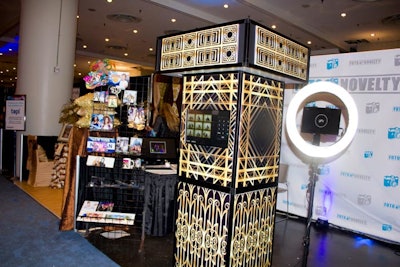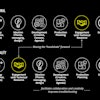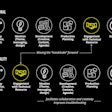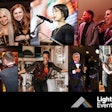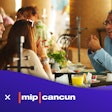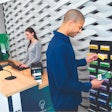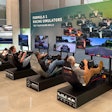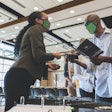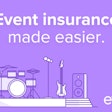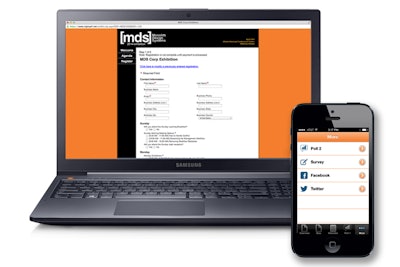
SignUp4 purchased RapidApp last year and has integrated it into its event management system. As planners build their event Web sites in SignUp4, the system automatically creates the identical elements in the mobile app. When attendees register on the Web site, the attendee list updates in the app. The app also provides location services integrated with Google Maps and allows attendees to share photos with one another. SignUp4 plans to link the app with its travel management system so planners can see attendees’ itineraries and attendees can receive real-time updates on flight delays or other changes on their mobile devices.
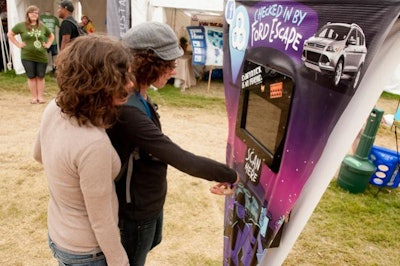
As the 80,000 attendees at last year’s Bonnaroo Music & Arts Festival celebrated on a Tennessee farm, news of their daily activities was posting to Facebook, creating nearly 1.5 million social impressions. But the attendees weren’t pulling out their smartphones to connect to Facebook; instead they were swiping wristbands with R.F.I.D. technology at one of 20 check-in portals around the 700-acre venue.
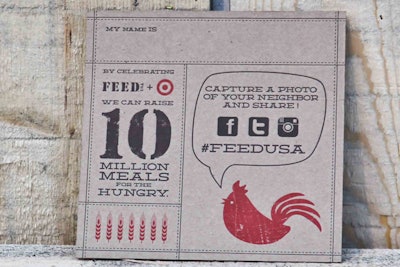
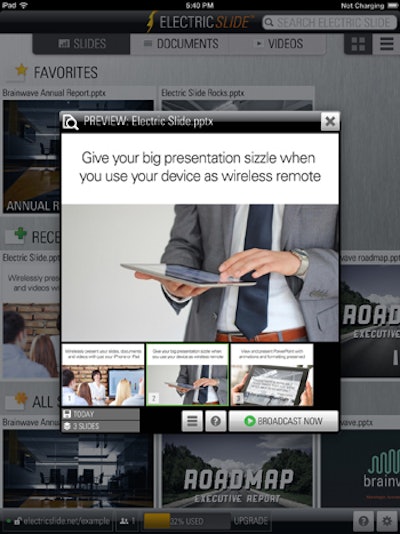
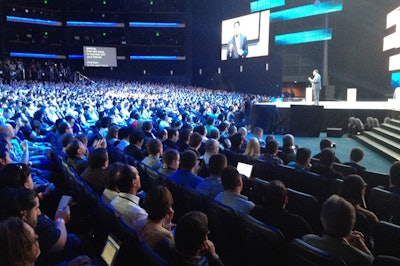
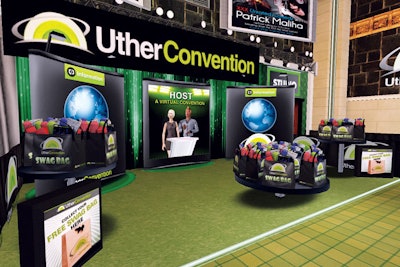
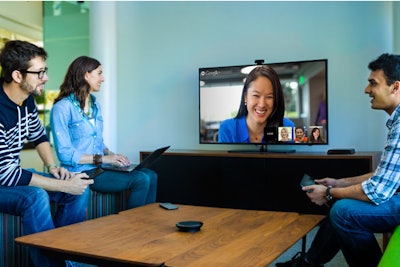
Google recently announced the launch of Chromebox for Meetings, a videoconferencing service that provides “speed, simplicity, and security.” Hardware includes the Intel-based Chromebox unit, a high-definition camera, a combined microphone and speaker unit, and a remote control. As many as 15 participants can join the video meeting from other conference rooms or their laptops, tablets, or smartphones. One click of the remote starts the meeting without the need for access codes. The system operates similar to Google Hangouts and is integrated with Google Apps, so invitations can be sent directly through Google Calendar. Chromebox is currently available from Asus, but both HP and Dell will offer it in the near future.
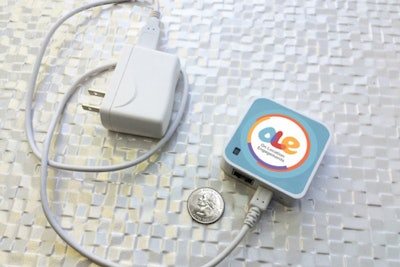
On Location Engagements is a location-based content delivery system for events. The company provides small beacons that use low-energy Bluetooth and Wi-Fi to communicate with attendees’ smartphones, both iOS and Android. Planners upload their floor plans into an online system and designate where they will place the beacons. Then they assign content such as maps, product information, videos, surveys, and sponsor materials to each beacon. Attendees either download the system's app, or it can be embedded into the event’s existing app. When attendees are within a designated range of the beacon—which can be anywhere from 5 to 30 feet—the content automatically appears on their devices. After the event, planners receive analytics such interactions per beacon, length of stay at each beacon, and traffic patterns at the venue.
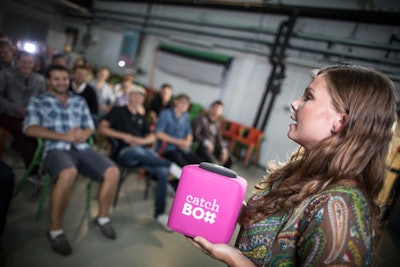
Catchbox is a wireless microphone to pass—or even throw—among speakers or audience members. The device consists of a microphone capsule secured with a magnet inside a soft, seven-inch cube that comes in blue, orange, green, or magenta. Catchbox communicates with an included receiver that can be connected to any sound system. To avoid unwanted noises, internal sensors turn the audio off when the cube is in motion. The company says the product is intended for smaller groups of as many as 100, and it provides the best-quality audio when no obstacles block the line of sight between the Catchbox and the receiver, which should be within 100 feet. As many as four of the units can be used at one time in a room. Catchbox is accepting preorders, with shipping scheduled for June.

Tangible Interaction will unveil its new LCD graffiti product at South by Southwest in March. In contrast to the company’s existing rear-projection digital graffiti wall, the new system takes up much less space and can be used outside in daylight. Planners provide the LCD screen, which can reach 70 inches, and Tangible Interaction provides the sensing system and two digital graffiti spray cans. The look of the graffiti wall is customizable with logos and backgrounds, and clients select colors, nozzle widths, stencils, and other features. After guests create their artwork, they can share the images on Facebook and Twitter or via email.
